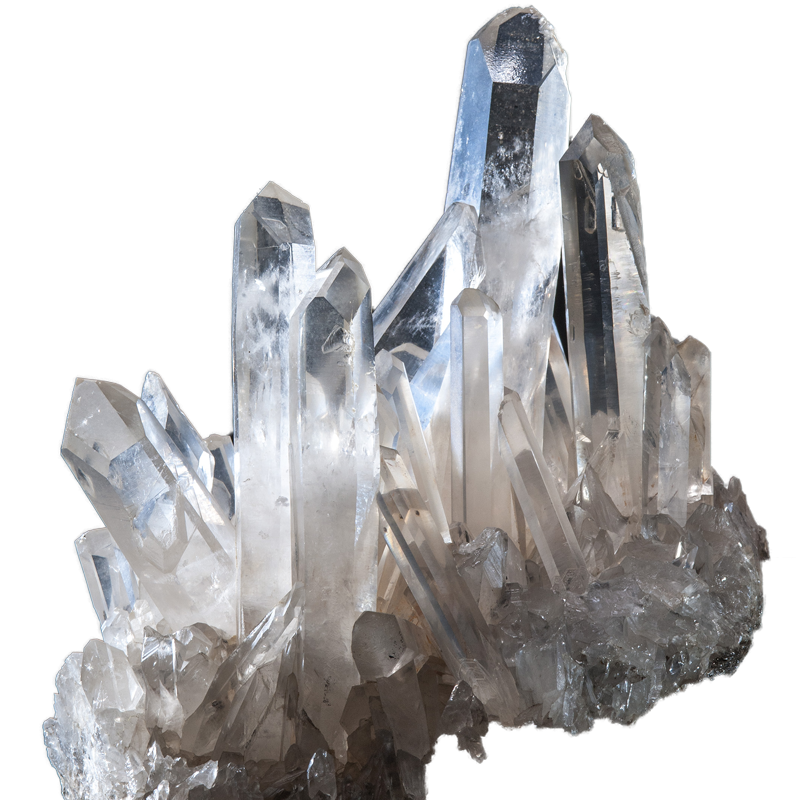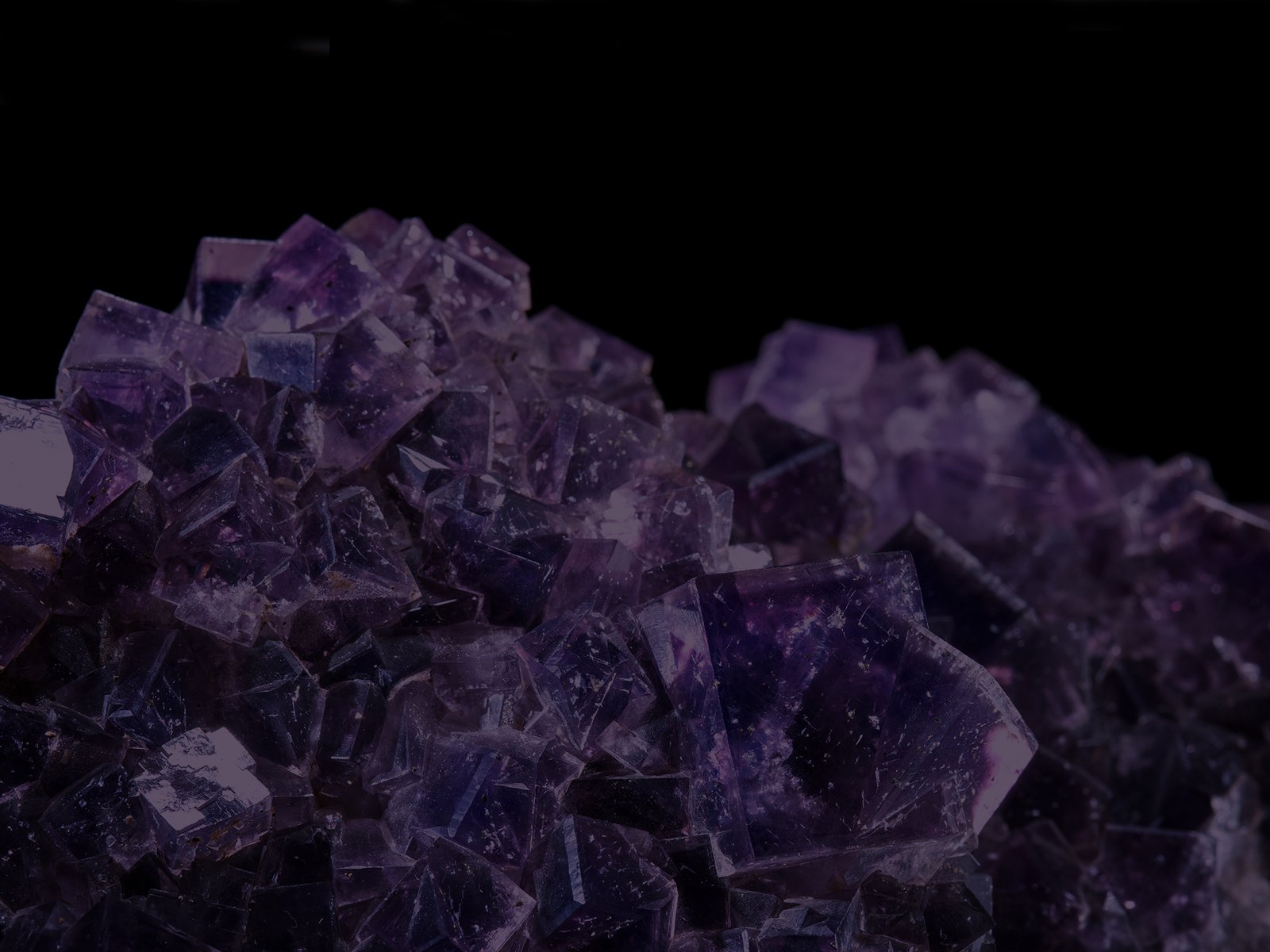Earth science
The Mineralogy and Palaeontology collections include rocks, minerals, gemstones and fossils. Learn more about these naturally occurring, inorganic solids.




The Australian Museum respects and acknowledges the Gadigal people as the First Peoples and Traditional Custodians of the land and waterways on which the Museum stands.
Image credit: gadigal yilimung (shield) made by Uncle Charles Chicka
Madden